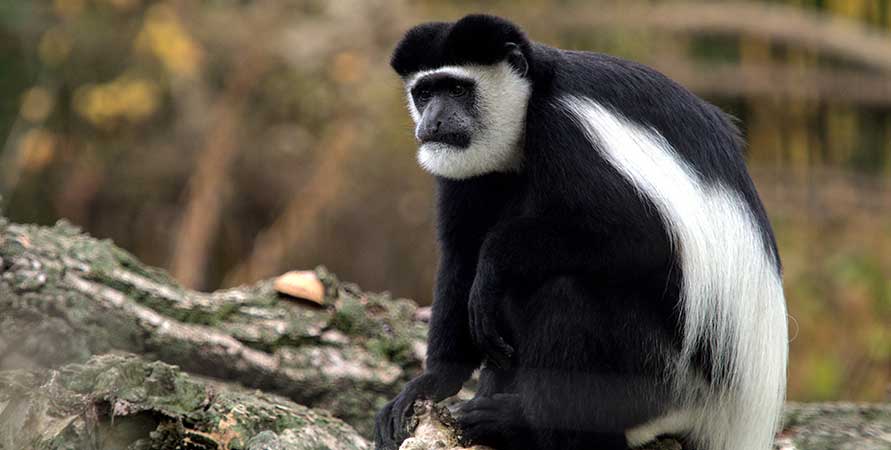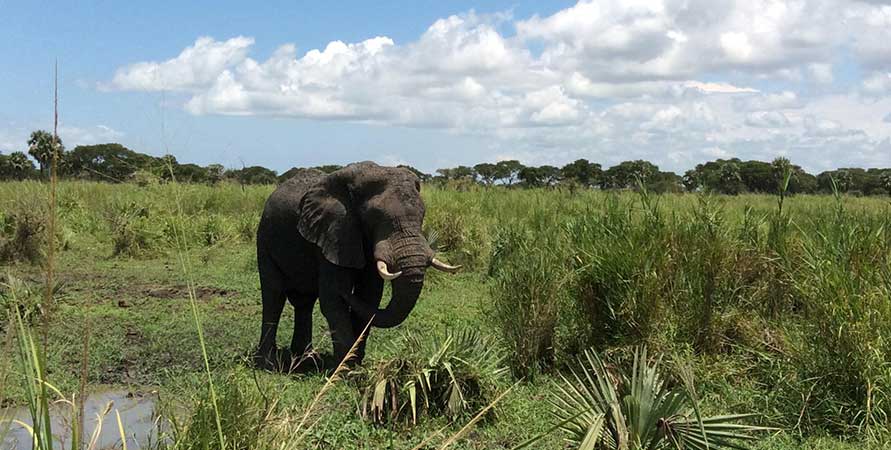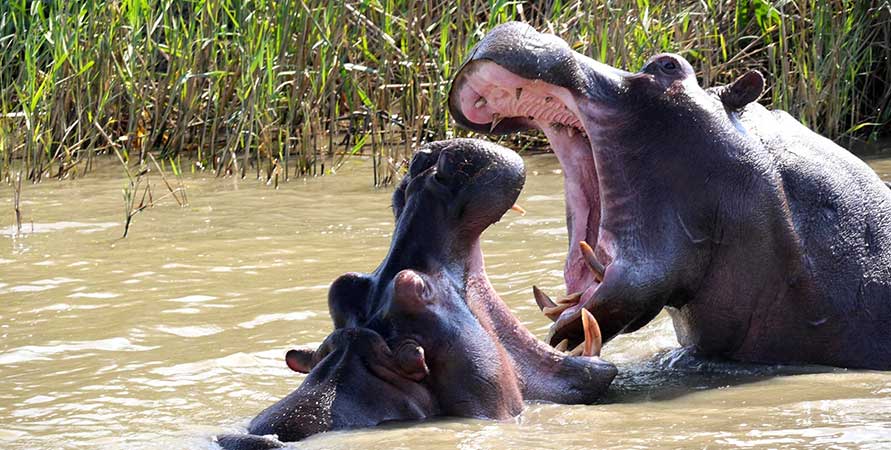Katonga Wildlife Reserve
The Katonga Wildlife Reserve covers an area of 207 km² and was gazetted in 1964, two years after Uganda gained its independence in 1962. It was set as a game reserve to conserve the migrating wildlife animals and birds from the western side of the country and then later officially made a wildlife reserve in 1996 when the former Game Department and Uganda National Parks merged it to form Uganda Wildlife Authority (UWA). Currently, the reserve is managed by UWA under the Kibale Conservation Area administration.
The wildlife reserve has a savannah grassland vegetation type and is located within Kyenjojo and Kamwenge Districts, accessed on a three-hour drive from Kampala to Kyegegwa, then drive southwards for 42 km. The reserve’s terrain is predominantly undulating in nature with distinct vegetation types, which include grasslands, wooded grasslands, woodlands, riverine woodlands, swamps, riverine grasslands, and papyrus. However, the biggest area of the reserve is either permanent or seasonal wetlands.
The wildlife reserve comprises various outlets of riverine and tropical forests, and most importantly, its unique geographical location between forests, swamps, and savannah vegetation gives it a diverse ecosystem that can favor the existence of different animal species. Dominant plant species include Sporobolus Festivus and Chloris gayana.
Fauna

The wetland system is a habitat for waterbucks and Sitatunga, and there is a rapid increase in the number of hippos and birds in addition to primates. Other common wildlife includes zebras, elands, African elephants, Cape buffaloes, water, and bushbucks, among others. Cultivators and cattle keepers heavily encroached on the reserve; however, in 2014 all of them were evicted, and in 2015, 60 impalas and 5 zebras were successfully translocated back in order to restock and boost animal populations.

According to a recently carried out animal census, the impala’s population now stands at 300, with the current bird checklist being over 150 species. Also, the reserve is a habitat for the Black and White Colobus Monkey, Uganda Kob, Waterbuck, Leopard, River Otter, Olive Baboon, and various reptiles like the amphibians.

